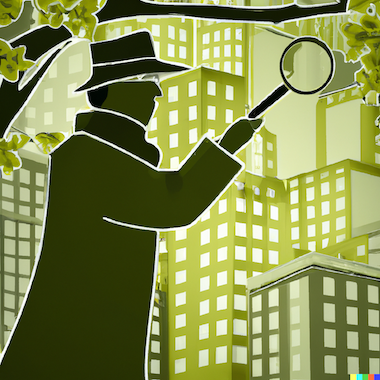Measurement and valuation of urban greenness: Remote sensing and hedonic applications to Lisbon, Portugal
Regional Science and Urban Economics, 2018
Franco, Sofia F., and Jacob L. Macdonald. (2018). "Measurement and valuation of urban greenness: Remote sensing and hedonic applications to Lisbon, Portugal." Regional Science and Urban Economics
https://doi.org/10.1016/j.regsciurbeco.2017.03.002

Abstract
This paper explores the role of remote sensing techniques in capturing urban environmental data in the form of tree canopy coverage and measures of urban greenery. Using a classification algorithm, we identify tree canopy coverage in Lisbon, Portugal, to be approximately 8%. Our results have an accuracy rating of approximately 90% highlighting the benefits of this technique in capturing novel forms of data.
Using these measures aggregated to the neighborhood level, we explore the impact of open space accessibility and urban greenness on the residential property market in Lisbon. We capture the heterogeneity of open spaces through their size and average vegetation level, and further explore how the greenness of a resident’s neighborhood may elicit complementary or substitutability behavior in house pricing relative to proximity to urban open spaces and other urban ecological variables.
Our results indicate that proximity to both large urban forests and smaller neighbourhood parks are capitalized through residential prices. These effects are dependent on neighborhood green composition with neighborhoods which have a higher proportion of sparse or low lying vegetation willing to trade-off proximity to parks (where this type of vegetation is abundant) and have a preference for being closer to urban forests (where there is greater diversity in vegetation from the neighborhood). Overall tree canopy coverage is positively valued with a square kilometer increase in the relative size of tree canopy valued at 0.20% of dwelling prices, or approximately 400 euro per dwelling.
These results highlight the importance of capturing the heterogeneity of urban greenery and the interacting effects with the local ecology and the built environment.
